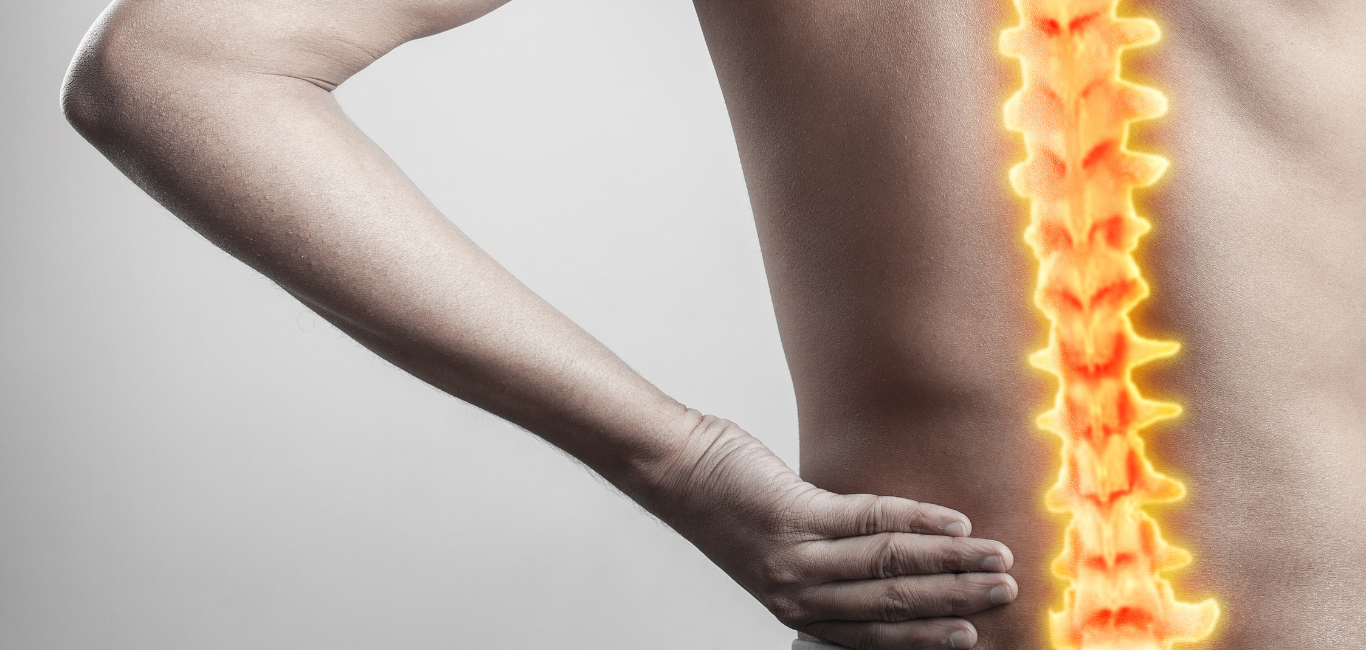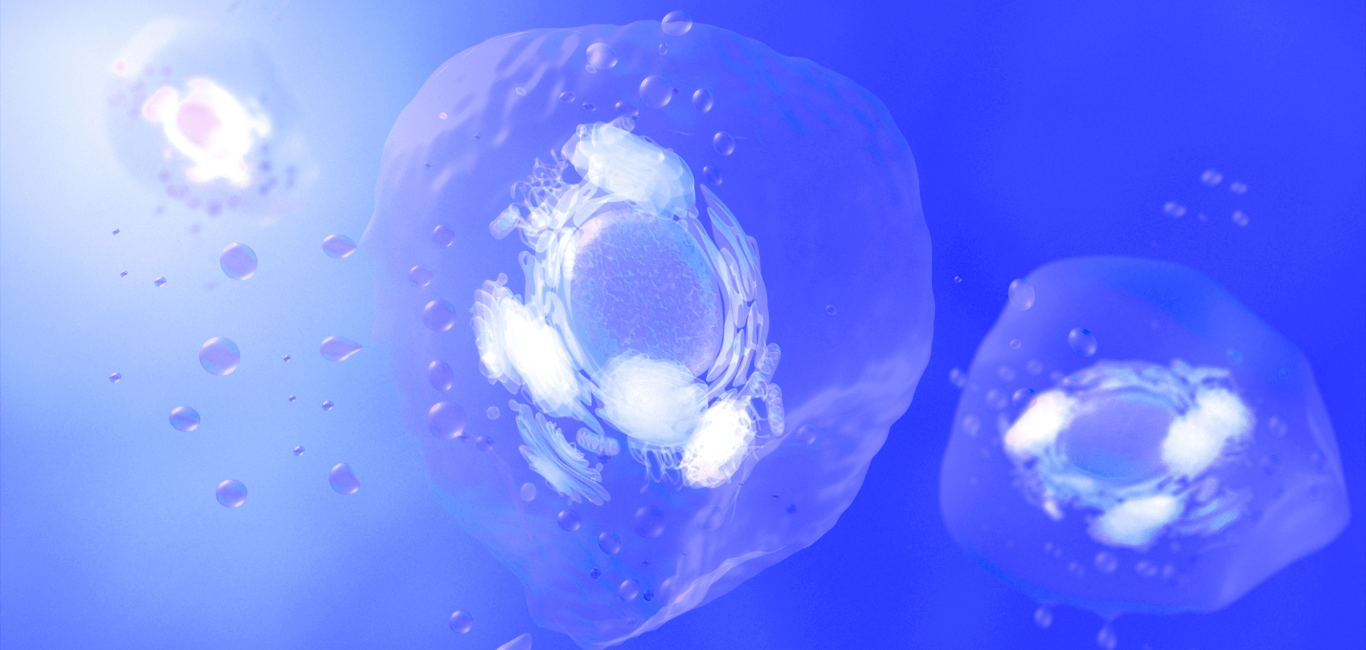
“A 32-year-old man from Bengaluru was hiking with his family and friends when he accidentally slipped and fell, resulting in severe injuries. The impact of the fall led to a complete loss of mobility in all four of his limbs, leaving him unable to move at all,” recalls Dr Priyank Vasavada, neurosurgeon, M S Ramaiah Medical College and Hospital, Bengaluru. Upon examination it was found that one of his vertebrae (bone of the spine) was pressing over the spinal cord, causing spinal cord injury (SCI). Fortunately, his sensations and other functionalities were still intact, adds Dr Vasavada.
The vital link
The spinal cord forms a vital link between the brain and the entire body, facilitating the transmission of signals. An injury to it has severe consequences, resulting in significant neurological symptoms. A study estimates that globally, 250,000 to 500,000 persons suffer from SCI yearly. Such injuries can often become permanent disabilities as the spinal cord has a limited capacity for spontaneous regeneration.
Unmasking the culprit
Spinal cord injuries can occur due to various factors that cause penetrating injuries, with road accidents and falling from heights being the most common reasons. Additionally, spinal cord injuries can result from unfortunate incidents such as assaults, stabs or gunshot injuries.
The injuries can be complete or incomplete based on how much functionality remains. In the case of complete spinal cord injury, there is a total loss of sensory and motor function below the level of damage. While an incomplete spinal cord injury is partial damage and hence some functions are preserved to varying degrees.
Catching the signs accurately
Dr Vasavada says that the symptoms depend upon which area of the spinal cord is injured. He lists a few of them:
- Motor weakness is the most common symptom, with an inability to use or control the limbs, resulting in weakness of the limbs or sometimes paralysis.
- Some individuals may have specific sensory symptoms such as burning sensations or prickly sensations in the limbs or affected regions of the body.
- Many people face complete loss of sensation in the affected body area, such as touch or temperature.
- Some people lose control of the bowel and bladder.
- Sometimes, there is also dysfunction of autonomic nerves leading to difficulty in breathing, changes in blood pressure and in body secretions.
From clues to confirmation
Accurate diagnosis is crucial for distinguishing spinal cord injury from other types of injury. It involves careful assessment to determine whether there is a bony injury along with spinal cord injury, or damage to the spinal cord’s soft tissue.
At such times, various advanced screening procedures help in assessing the diagnosis:
- Computed tomography scan (CT scan): helps construct 3D models of the injured sites to detect even small fractures or minor injuries. It is the best way to figure out bony injuries to the spinal cord in the affected area.
- Magnetic resonance imaging (MRI): is the current gold standard to detect soft tissue injuries, including the spinal cord and the surrounding ligaments. It also aids in seeing the extent of the damage.
- Peripheral nerve conduction test: This specific test rules out other causes that mimic spinal cord injury, such as peripheral nerve injury or plexus injury. It involves neurological examinations that assess specific functional deficits to determine the precise nature of the damage so that an accurate diagnosis and corresponding treatment plan can be chalked out.

Read more: Understanding peripheral nerve injury
Read more: Paralysis: symptoms, causes and diagnosis
Charting the path to recovery
Dr Vasavada says that spinal cord injuries are treated in two stages. “[The] first phase is surgical management, for instant relief requiring urgent attention. The second phase of the treatment is long-term, focusing on rehabilitation for a better functional outcome,” he says.
Surgical intervention is crucial when the spinal cord or its originating nerves are compressed due to bony fragments, disc material, or a blood clot. The fragments are removed to relieve the pressure on the spinal cord and restore proper function. In addition, certain types of fractures make the vertebral column unstable. In such cases, the mobile segment of the vertebral column is fixed or fused surgically to prevent future damage to the spinal cord.
Rehabilitation is vital to managing spinal cord injury, says Dr Vasavada, adding that adequate and comprehensive rehabilitation dramatically enhances the chances of recovery.
Recovery can be speeded by
- Exercise and physiotherapy for physical improvement and overall well-being.
- Robotic rehabilitation or robotic physiotherapy: individuals use artificial robotic limbs to walk and perform certain activities. Over time, some functionality returns in the limbs.
Dr Vasavada recalls the case of a middle-aged woman from Mumbai who had complete spinal cord injury and was immobile and housebound for about eight years. “After undergoing robotic physiotherapy, she started regaining her ability to walk with some support. That was a huge achievement for her,” he says. The therapy gave her a tremendous boost of freedom from dependency, and she can now manage her daily chores, he adds.
- Stimulation therapy: These innovative techniques stimulate and activate the spinal cord and peripheral nerves, fostering neurological regeneration and functional improvement. They further increase their chances of recovery and reclaiming lost abilities, summarises Dr Vasavada.
Read more: Types of peripheral nerve injuries

















